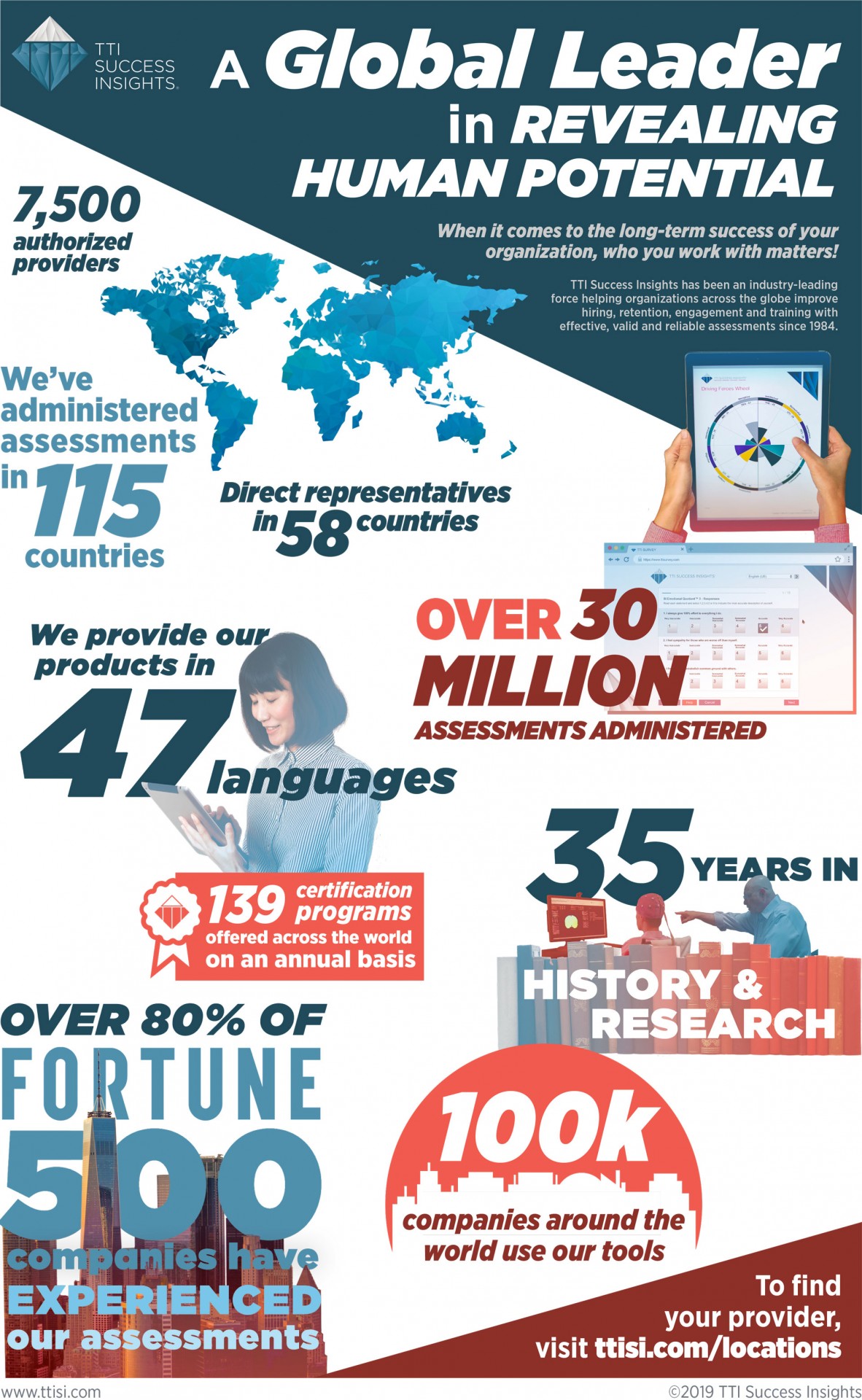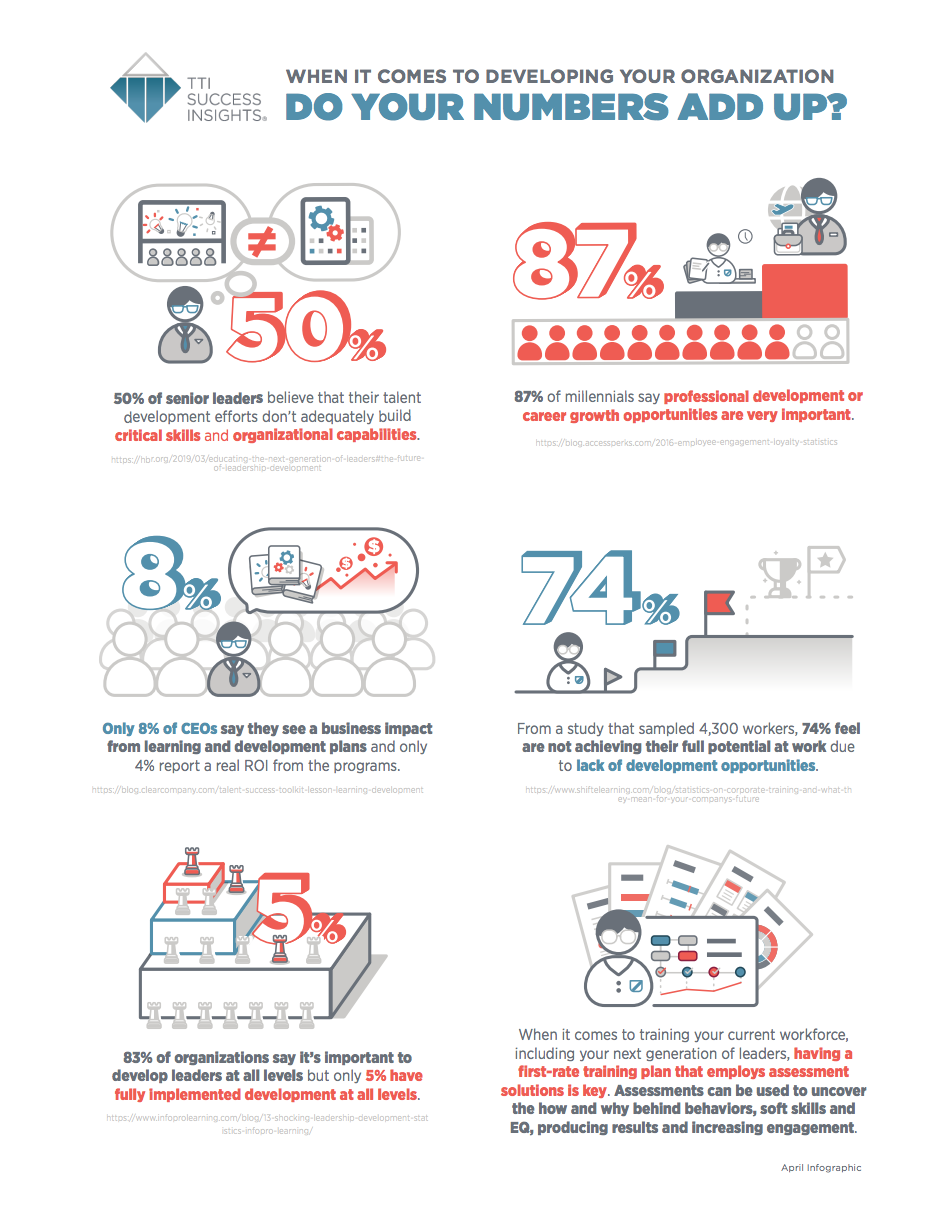7 Techniques to Messy Strategy
Make sure the process fits your organization. Consider your company’s culture and employ a process consistent with that culture so the process feels natural. There is no one-size-fits-all approach to Messy Strategy. Do what feels right for your company.
Plan for planning. Be very strategic about dates and times. If possible, break up planning sessions to provide time for reflection. Start with a deep dive, then pause and reflect. We tend to get overly optimistic during planning, so having time to reflect brings real-world perspective back into the process.
For us, taking a break between sessions, or having a day to contemplate the multitude of ideas, provides perspective. Time gives us a true feel for whether or not a strategy makes sense and is viable.
It’s recommended to do the planning on-site if your company has the right space. When employees see the leadership team working diligently to create a solid plan, it’s energizing to the staff. Off-site strategy can easily be misperceived by employees as leisure time for leaders. Let them see you working hard!
Give voice to the entire organization. Get a pulse on the culture. A great question to ask is, “If there is one thing you can change about the organization today, what would it be – and why?” Be sure to ask that question! It’s better to know what issues your employees have with your organization now, so you can make every attempt to correct any shortcomings. Try to ask the same questions year after year to find trends and common themes.
We didn’t realize our need as a company for a human resources professional until that fact came to light consistently during our surveys. Once we had that information, we took action by creating a new position and hiring a great candidate to fill it. The employees know they are being heard.
Identify “start, stop and continue” behaviors and actions. Figure out what is working, what isn’t and what is currently missing. This concept pertains to individuals and the organization as a whole. This recognizes jobs well done, while also pointing out areas of improvement. It’s just as important to celebrate the victories as it is to address the problems and challenges.
Start with actions, end with numbers. Once you can identify what needs to be improved, you can more effectively translate that into numbers, creating much more accurate goals. Taking this route usually results in higher-stretching goals compared with processes that start with the numbers.
Make the plan presentation special. In today’s virtual world, be sure to keep it tangible. At TTI SI, we hand out binders and schedule a full-staff presentation around the year’s strategic plan. We end the presentation with a Q&A session encouraging employee feedback. This interaction makes the strategic plan become a two-way agreement.
When presenting the plan, look for employees who light up because they see themselves in the plan. Positive energy is contagious! Once employees know they are being heard, it encourages them to be even more candid and forthcoming in the future.
Create a meeting cadence and follow it. There’s no “right” formula when it comes to best practices for meetings. Do what works best for your organization. Once you’ve identified a certain cadence, do your best to stick to it.
Circumstances may dictate making changes to the meeting schedule or format throughout the year, which is ok, as long as you clearly communicate those changes with the organization. Employees want to know that leadership has a firm grasp on the pulse of the organization.
Leading by example will help you accomplish strategic alignment with complete buy-in from the organization. Several times throughout the year, we follow up by sending short surveys to the staff enabling us to understand the pulse of the organization. This process lets us know if we are on track or need to make adjustments.








